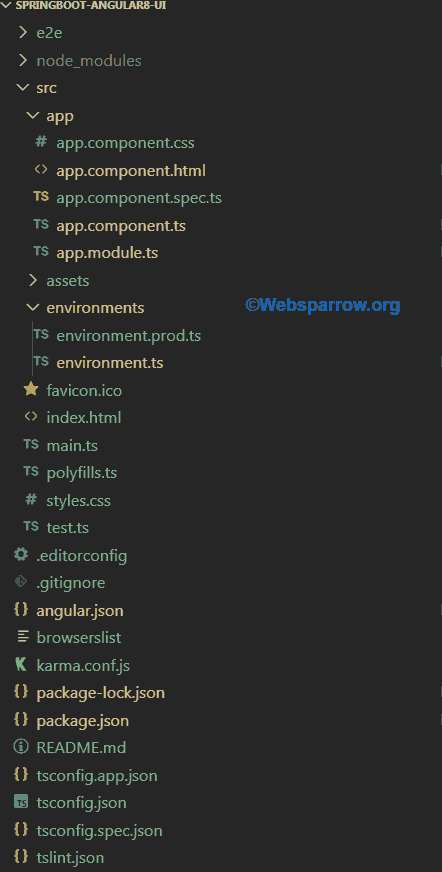
The main goal of Spring Boot is to quickly create Spring-based applications. Spring Boot is an opinionated framework that helps developers build Spring-based applications quickly and easily. Public interface TutorialRepository extends JpaRepository from './models/tutorial. Spring Boot is basically an extension of the Spring framework which eliminated the boilerplate configurations required for setting up a Spring application. Repository/TutorialRepository.java package .repository In repository package, create TutorialRepository interface that extends JpaRepository. Let’s create a repository to interact with Tutorials from the database. – annotation is used to define the column in database that maps annotated field. GenerationType.AUTO means Auto Increment field. – annotation is used to define generation strategy for the primary key. – annotation provides the table that maps this entity. – annotation indicates that the class is a persistent Java class. Public class Tutorial = GenerationType.AUTO) In model package, we define Tutorial class.

Our Data model is Tutorial with four fields: id, title, description, published. For production, this property should be validate.
#Angular bootui update#
Any change to the model will also trigger an update to the table. We set the value to update value so that a table will be created in the database automatically corresponding to defined data model.
#Angular bootui how to#
– Configuration for Spring Datasource, JPA & Hibernate in application.properties. In this tutorial, we will learn how to develop a CRUD (Create, Read, Update, Delete) Web Application using Angular 8 as a front-end and Spring boot 2 restful API as a backend. – TutorialController is a RestController which has request mapping methods for RESTful requests such as: getAllTutorials, createTutorial, updateTutorial, deleteTutorial, findByPublished… It will be autowired in TutorialController. – TutorialRepository is an interface that extends JpaRepository for CRUD methods and custom finder methods. – Tutorial data model class corresponds to entity and table tutorials. Spring Boot 2.2.1 (with Spring Web MVC, Spring Data JPA).– The database will be MySQL by configuring project dependency & datasource.

– We make CRUD operations & finder methods with Spring Data JPA’s JpaRepository. You could also rewrite all routes to index.html file (by changing your server's configuration).įind your routing file ( all Tutorials which title contains keyword This is simplest way of "fixing" refreshing and direct access to Angular app via URL. But it is how our team handles application deployment for production applications used every day by hundreds of users. That kind of monolith approach simplifies (manual) deployment of the app, but it does have one big cons: whenever you update either backend or frontend you'll have to create new JAR/WAR file, so this approach may not be best for CI/CD powered projects.ĭisclaimer: some parts of this tutorial may not be best practices used in production or best practice for building apps used by thousands or millions of users. But did you know you can deploy both apps as a single JAR or WAR file?ĭeploying Angular/Spring Boot (or actually any Java project in general) in one file is a great way of deployment when your backend and frontend are developed together (and will be in foreseeable future) or maybe when you, your team or your company are not big fans of microservice approach (or just wanting to produce monolith project). When deploying most of the time you'll deploy each application as its own container (frontend on Firebase, backend on Heroku, etc.). Imagine scenario: you just developed frontend application written in Angular and powered by Spring Boot Rest API as backend.


 0 kommentar(er)
0 kommentar(er)
